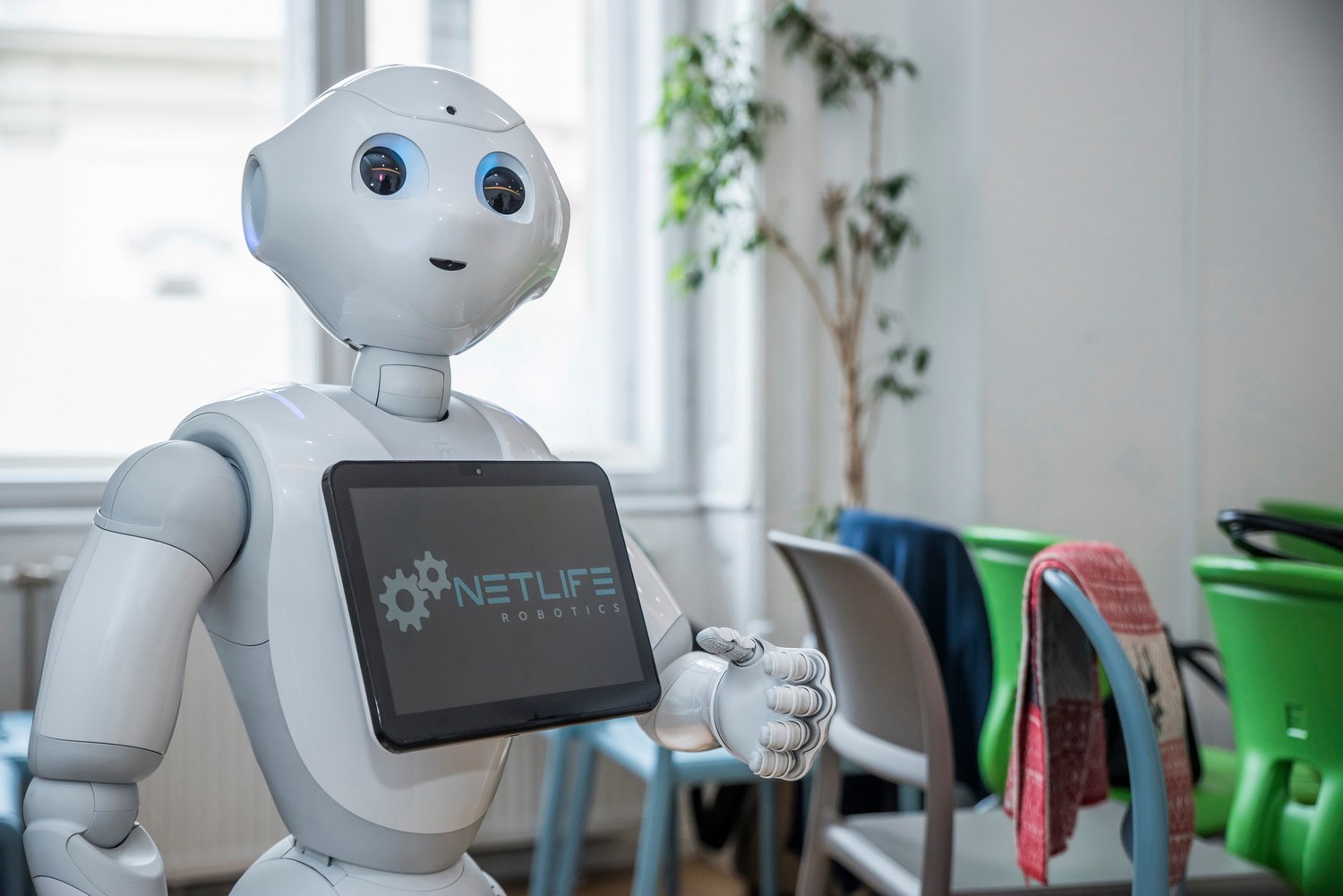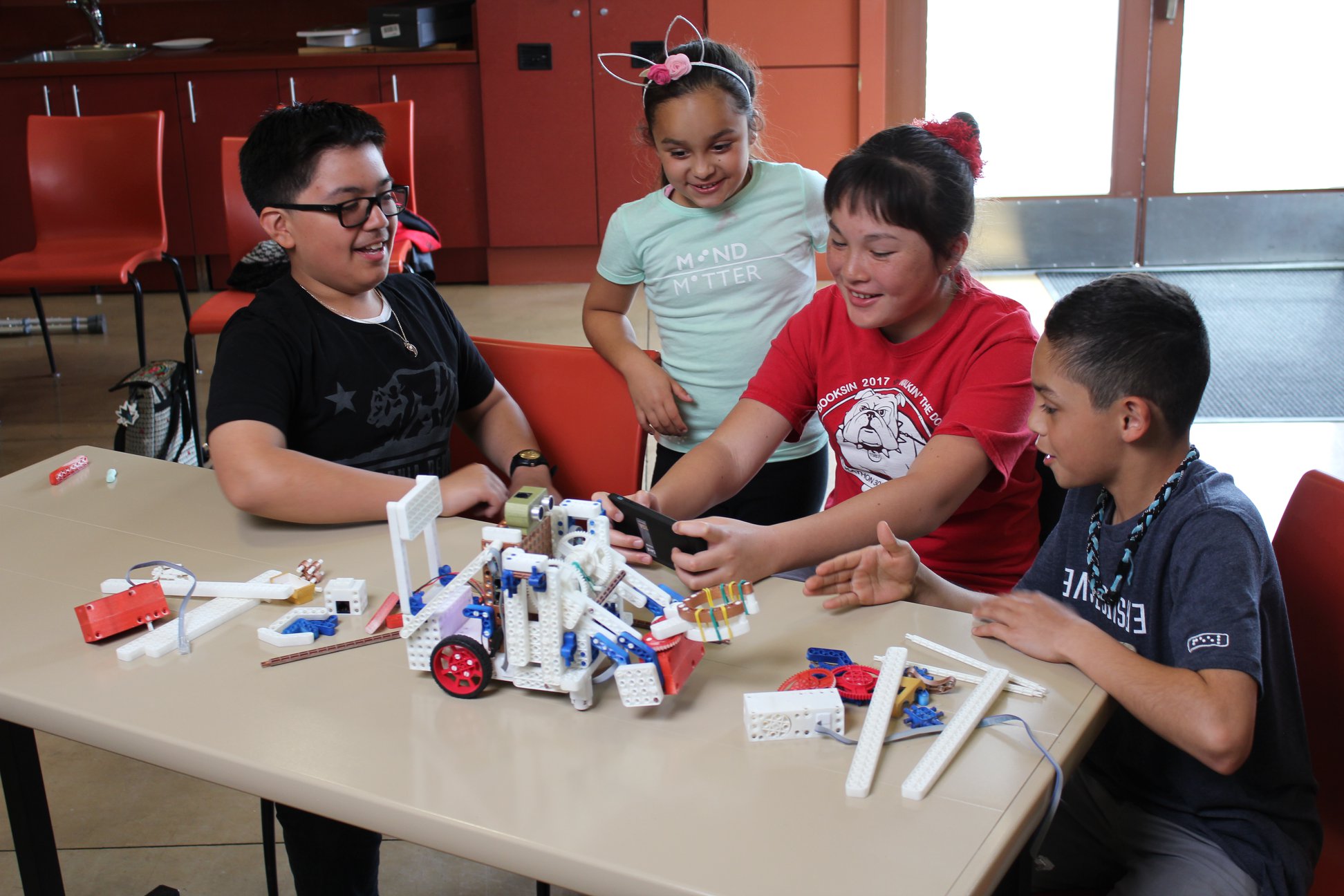Robot greets patients in a clinic in Budapest

It might be unexpected to some, but a human-shaped robot named Pepper is working in a private clinic in Buda. The task of the robot is to pre-screen and interview the patients, and to guide those who are suspected to be infected with coronavirus to the appropriate doctor, according to protocol.
Robots are already being used in Asia to reduce human contact, which is especially important in healthcare facilities now, but there is also a Hungarian example of this phenomenon, as Forbes learned from Netlife Robotics.
An extraordinary image greets patients who enter a private clinic in Buda; a nearly 1.5-metre-high, human-like robot is the first to greet those arriving for medical care. The robot, named Pepper, is capable of gestures and immediately greets patients who come to the practice. It introduces itself and says that it wants to ask some questions regarding the coronavirus. If the patient accepts and starts to talk to the robot, Pepper follows the usual questioning protocol: among other things, it asks if the patient has a fever, coughs, or has come in contact with a person infected with the coronavirus.
If the robot has received a negative answer to all of his five questions, Pepper reports that no coronavirus infection is suspected and asks the patient to go to the reception, where they can check in with the doctor, now with the help of the human staff. If the answer to any single one of those questions is affirmative, Pepper advises the patient to consult their general practitioner, who will decide on the necessary further steps.
The robot can do tasks without a mask or gloves, and early feedback seem favourable
Hungary’s first humanoid robot to perform the task of a healthcare assistant was deployed to help make work in the practice safer.
“We found that patients like the first, non-traditional greeting and are happy to cooperate with the robot. It is easier for our colleagues that the robot takes over this simple, yet burdensome, repetitive process,” said the medical director of the Budai Magánorvosi Centrum (approx.: Private Medical Centre of Buda). According to Dr Alexandra Pácz, although the use of human-shaped robots is still unique in Hungary, there are many examples of their use worldwide.
Pepper’s peers work as receptionists in hospitals in Belgium, Australia, and Canada, where they also help with routine tasks, or children can play with them. Robots are also involved in the fight against the coronavirus pandemic. In a “smart hospital” in China, robots took a number of tasks off the shoulders of the nursing staff, and some places are experimenting with robots disinfecting hospital units with UV light.
“The coronavirus also puts healthcare providers in a new position, and in addition to our expertise and flexibility, we have also called on technology to help deal with the situation. The unexpected effect of our new, robot colleague, aside from automating our pre-screening protocol, is that it helps create a cheerful atmosphere, which is an important part of recovery. If our customers like Pepper and give positive feedback about it, we will consider using it after the coronavirus pandemic,” said Dr Alexandra Pácz.
Robots in a hospital, how does it work?
A Hungarian development team trained the robot to communicate in Hungarian in just two weeks.
Pepper can perform its tasks thanks to the technology of artificial intelligence. The peculiarity of this technology is that it not only recognises and gives answers to predetermined questions but also tries to react and create answers to new ones, based on previous patterns by adapting to the new situation.
Therefore, this technology typically spreads in telephone customer services and chatrooms. In the near future, robots like Pepper are expected to appear in more and more places, such as tourist-information points, personal customer services, and even stores.
“They can help people take on monotonous tasks that don’t necessarily require physical contact,” explained Levente Bartha, the CEO of Netlife Robotics, the company developing the robot.
The market for deployable robots is rapidly growing
Market analysts are also expecting increasing trade in the robotics market. According to a forecast, global demand for robots will grow by 25% each year, and it is expected to reach $100 billion this year. In addition to the need for automation, the phenomenon of social distancing in connection with the coronavirus pandemic has also driven up demand, as robots can work without contact, even in the most dangerous locations, with remote, human control, if necessary.
Feautred photo: netliferobotics.hu
Source: Forbes.hu



Hopefully, robots will be more friendly and human than the humans one normally as to deal with.